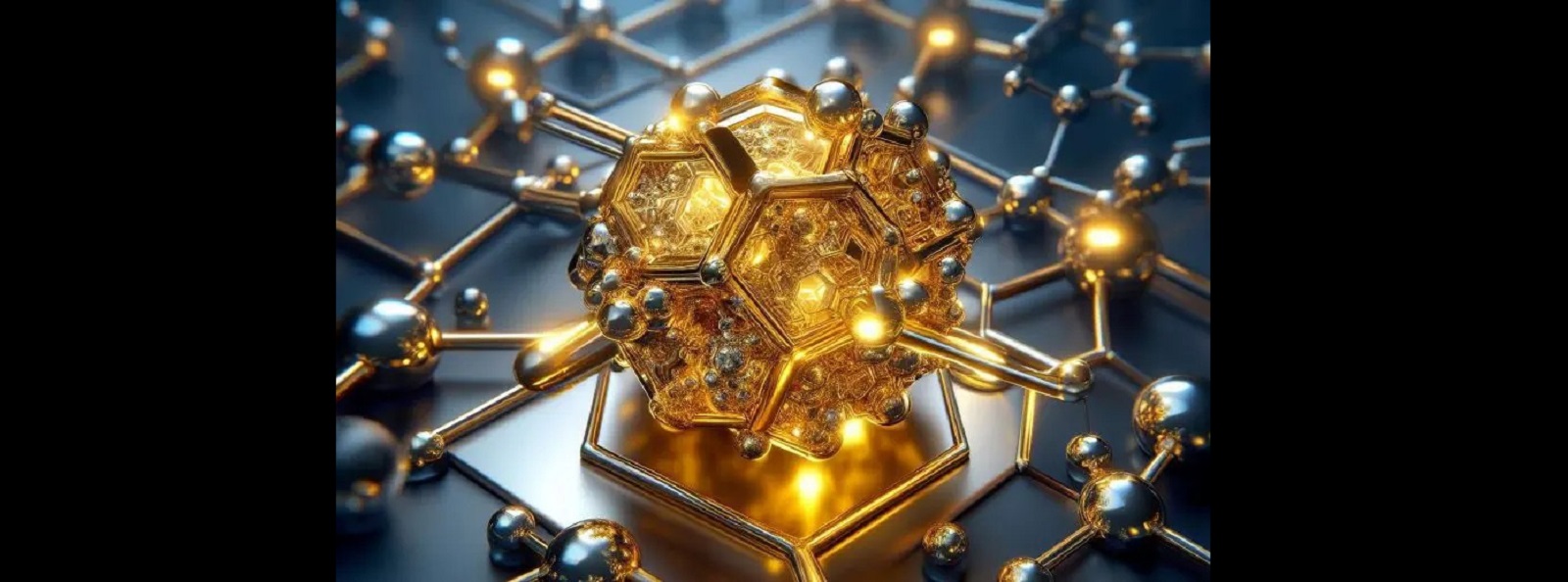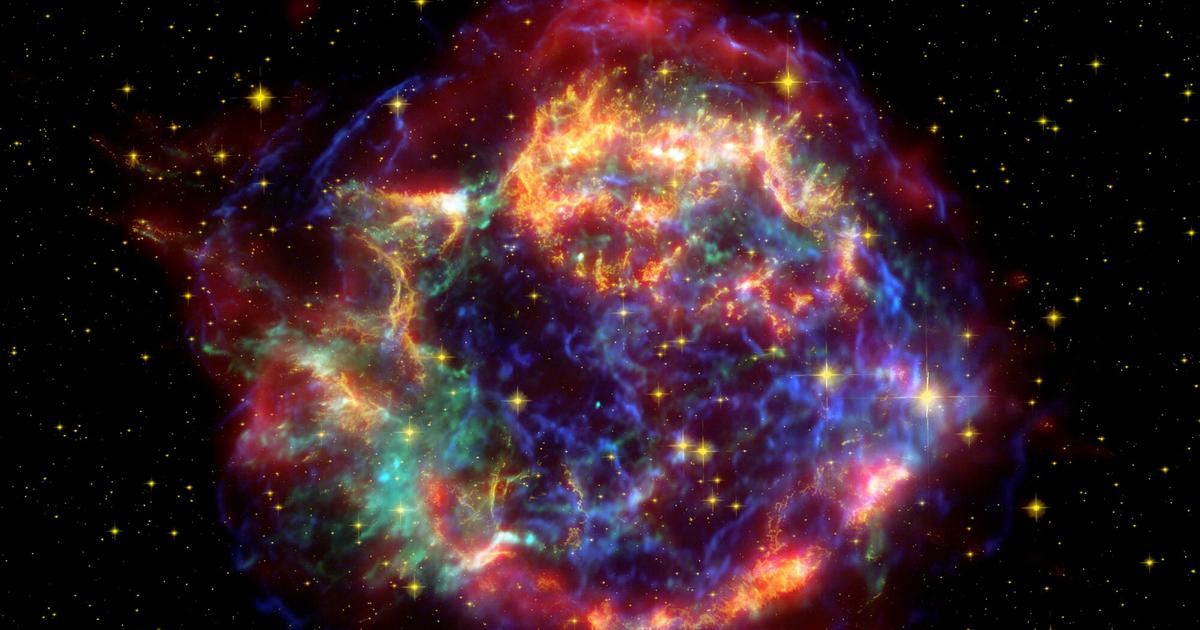Scientists dedicated a publication to their achievements in: Nature chemistry. Their experiments are particularly interesting because we are talking about a form of gold that does not occur in nature in a stable form. It is characterized by the absence of two negatively charged electrons, while the perovskite halide acts as a stabilizing material.
Read also: The element that will revolutionize atomic clocks Where did scandium’s potential come from?
As Hemamala Karunadasa, one of the authors of the latest paper, explains, the gold atoms in perovskites are very similar to the copper atoms in high-temperature superconductors. In contrast, heavy atoms with unpaired electrons exhibit magnetic effects that are not found in lighter atoms.
Gold itself is extremely rare, but in this case it is in a more difficult form to spot. Why is he like that? It turns out that the answer to this question can be found in Albert Einstein’s theory of general relativity. A famous scientist stated that when objects move very quickly, they become heavier. Heavy elements such as gold, which have many protons in their atomic nuclei, force negatively charged electrons to spin at high speeds, making the electrons heavy and weakening the nucleus’s charge.
The form of gold observed by scientists may be useful in several different fields
According to Einstein’s theory, an atom exists in the form of Au1+ and Au3+, losing one or three electrons and getting rid of Au2+. However, during experiments, it was shown that Au2+ can survive, which was observed relatively by chance, due to the search for magnetic semiconductors that can be used in electronic devices.
Members of the research team mixed cesium chloride with Au3+ chloride in water and added hydrochloric acid to the solution along with a small amount of vitamin C. The latter donated a negatively charged electron to the combined Au3+, resulting in the formation of Au2+. Further observations showed that Au2+ is stable in solid perovskite, but the situation changes in solution. What seems exceptionally impressive is the fact that in laboratory conditions, scientists are able to obtain this substance in five minutes – and at room temperature, using relatively commonly available ingredients.
Read also: Scientists who looked at electrons won the Nobel Prize. They did the impossible
Meanwhile, the study’s authors have already explored the properties of this form of gold, including through spectroscopy and X-ray diffraction. In this way, they were able to evaluate how the material absorbs light and determine the characteristics of its crystal structure. As for potential applications, there is already talk of areas where magnetism and conduction would be useful.

Echo Richards embodies a personality that is a delightful contradiction: a humble musicaholic who never brags about her expansive knowledge of both classic and contemporary tunes. Infuriatingly modest, one would never know from a mere conversation how deeply entrenched she is in the world of music. This passion seamlessly translates into her problem-solving skills, with Echo often drawing inspiration from melodies and rhythms. A voracious reader, she dives deep into literature, using stories to influence her own hardcore writing. Her spirited advocacy for alcohol isn’t about mere indulgence, but about celebrating life’s poignant moments.







